Minds On
Why is water important?
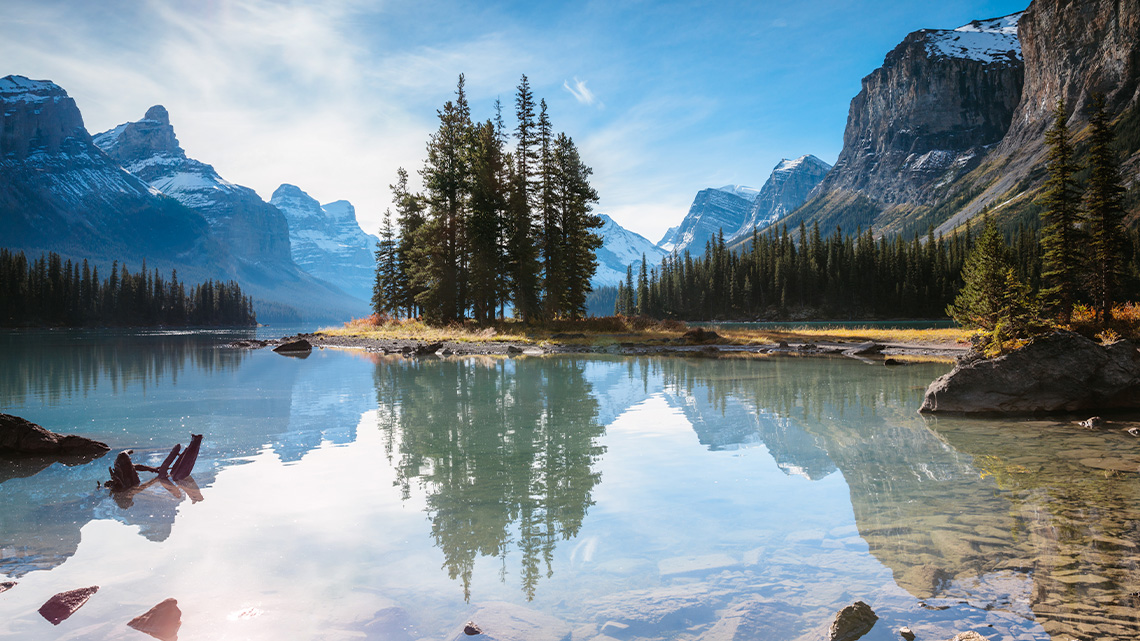
All living things on Earth depend on water. It is an important natural resource.
Press ‘Definition’ to learn what a natural resource is.
Natural resources are things that people use that come from nature. Examples of natural resources include air, sunlight, soil, water, oil, metals, stone, and sand.
Consider the different ways in which water is used.
Brainstorm a list of who needs water and how they might use it.
Record your ideas using a method of your choice or the following document entitled Ways Water Is Used.
| Who | How |
|---|---|
| Example: Plants |
Example: Plants need water to grow. They also get food and important nutrients when they soak up water from the soil. |
Press the ‘Activity’ button to access Ways Water Is Used.
Action
How can we protect our water?

In Science we ask questions to help us figure out what the problem is.
In the Minds On section, you considered the ways living things use and depend on water.
Water is important in people’s lives! We need it to drink, wash, cook, and grow food. We need not just any kind of water. We need fresh, clean water.
Seawater is salty, so we cannot drink it or grow plants with it.
What we need is freshwater! Freshwater is found in lakes, rivers, streams, or underground. Freshwater is the water people can drink and use every day.

Since freshwater is only 3% of the water in the world, it’s important to protect it.
How can we protect water?
One way we can protect water is with activism! Activism is when people work to make change. Activists are people and organizations that are working to make important changes.
In this learning activity, we will learn about young activists that are working to understand more about water and protect water in their community and beyond.
Ontario connection
This learning activity highlights people, places, or innovations that relate directly to the province of Ontario. Enjoy the exploration!

Sometimes water can come from smaller lakes, rivers, underground wells, or ponds. In Ontario, many people get their drinking water from the Great Lakes, the largest source of fresh water in the world.

Time to learn! We can learn things from different places and people.
Tyler and Alex Mifflin are also known as the Water Brothers. They travel the world to learn about the problems that people are facing with water.
The brothers have created a TV show known as the Water Brothers. In their TV show, they share their experiences and conversations with local people and experts.
They explore the ways that water connects people. Their TV show also helps the brothers share their learning with Canadians. The Water Brothers can help Canadians understand the problems and the actions we need to take to protect water.
The following clip is an example of how the Water Brothers are working to help others learn about the water challenges that people experience.
In the clip, the Water Brothers visit the Athabasca glacier in Alberta. The water from this glacier spreads across Canada. Climate change is causing the glacier to melt a lot faster than it normally would.
As you explore, consider the following questions:
- What are the Water Brothers trying to do?
- What are they doing to achieve it?
- Why is the Water Brothers’ work important?
Explore this video entitled “Daniel Interviews the Water Brothers” to learn more about how people get drinking water from a glacier.
Consider the following questions.
What are the Water Brothers trying to do?
Press ‘Possible Answer’ to find out one thing that the Water Brothers are sharing.
The Water Brothers are trying to spread awareness about the water problems people face around the world.
What are they doing to achieve it?
Press ‘Possible Answer’ to explore what the Water Brothers are doing.
The Water Brothers travel all over the world to find water stories. They use their TV show to share their experiences, learning, and possible solutions for change.
Why is the Water Brothers’ work important?
Press ‘Possible Answer’ to learn more about why their work is important.
The Water Brothers share stories about water that help Canadians better understand how to protect it.

It’s time to record what you have learned. You could write it down or make an audio or video recording.
There are different ways to be a water activist.
For example, the Water Brothers work together to help Canadians learn about the water problems around the world.
Next, you will learn about Autumn Peltier. Autumn Peltier is an activist. Activists are people and organizations that are working to make important changes. Autumn Peltier uses activism to share the need for clean drinking water in First Nations communities and the world.
Autumn is Anishinaabe and comes from Wikwemikong First Nation on Manitoulin Island. Manitoulin Island is the largest island on fresh water in the world.
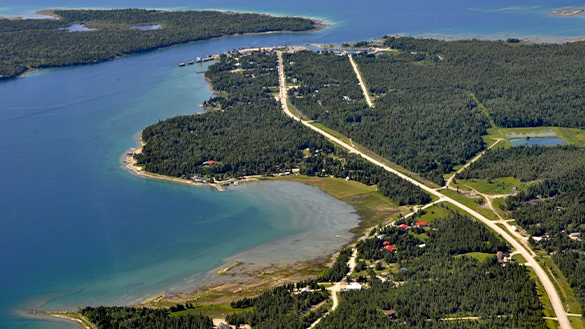
Many Indigenous communities have teachings about the important relationship between women and water. Some Nations, like Autumn’s, believe that women have a responsibility to protect water. It is important that water is cared for by people so we have clean water in the future.
Autumn was part of a ceremony in a village that did not have access to clean water. She learned about how important clean water is.
As Autumn learned more, she decided to share her experiences with people around the world. For example, in 2016, she met Canadian Prime Minister Justin Trudeau. In 2019, she spoke to hundreds of international guests at the United Nations.
Autumn takes every opportunity to be a water activist to keep water protected for the future. In the following video, Autumn is at a water summit in Ottawa, Ontario.
Consider what you have explored in this section and in the video. Respond to the following questions.
- What is Autumn trying to do?
- What is she doing to achieve it?
- Why is Autumn’s work important?
Record your responses in your notebook or using the following document entitled Record: Water Activists.
| Who are they? | What are they trying to do? | What are they doing to achieve it? | Why is their work important? |
|---|---|---|---|
| Alex and Tyler Mifflin (The Water Brothers) | Possible answer: The Water Brothers are trying to spread awareness about the water problems people face around the world. | Possible answer: They travel all over the world to find water stories. They use their TV show to share their experiences and possible solutions for change. | Possible answer: The Water Brothers share stories to help Canadians understand how to protect water. |
| Autumn Peltier |
Press the ‘Activity’ button to access Record: Water Activists.
Did You Know?
Did you know?
Autumn’s great-aunt Josephine Mandamin was known as the “water walker”. She walked the shoreline of all five Great Lakes, which is 17,000 km in total. She walked to bring awareness to the issue of clean drinking water. Josephine Mandamin was the Chief Water Commissioner for the Anishinabek Nation.
Autumn Peltier is now the Chief Water Commissioner for the Anishinabek Nation, which is the same position that was held by her great-aunt Josephine. Protecting water has been part of Autumn’s family for a long time!

Consolidation
Putting it all together

You should think about what you have learned. Did you learn anything new?
When people learn about big problems in the world, it can sometimes feel like there is not a lot that one person can do. Young activists like Autumn Peltier and Tyler and Alex Mifflin show that every action counts. They help show people how to make change in our communities.
It is everyone’s responsibility to protect our natural resources, like fresh water.
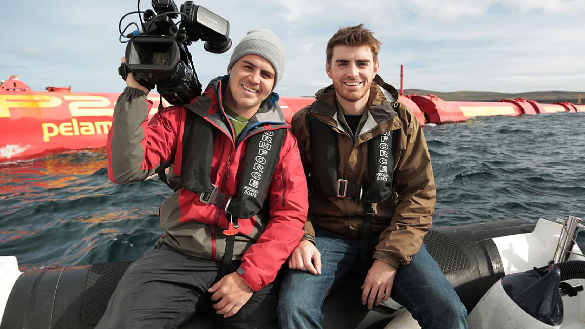
The Water Brothers
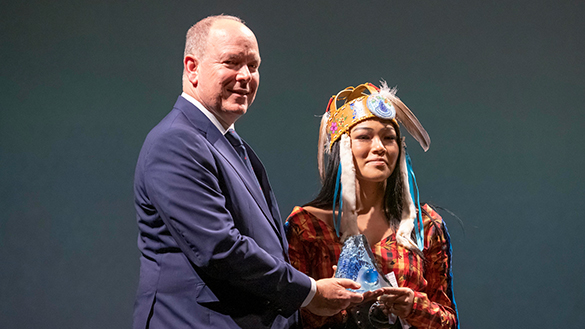
Autumn Peltier
Use what you have learned to respond to the following questions.
- What are some of the ways people use water?
- Why do we have to protect water?
- What are some of the ways people can protect water?
- What do you want to learn more about water and protecting water?
Record your ideas orally, digitally, or on paper. If possible, share your ideas with a partner.

Sharing what you have learned lets other people know about your topic too!
Practice your sharing skills.
How can you use your learning to teach others?
Choose one of the following questions to answer.
- From what you have learned, what is one thing you could teach someone else about how important it is to protect our water?
- Share a story about an experience you have had or want to have with water. What do you love about water?
- Why is fresh, clean water important to everyone?
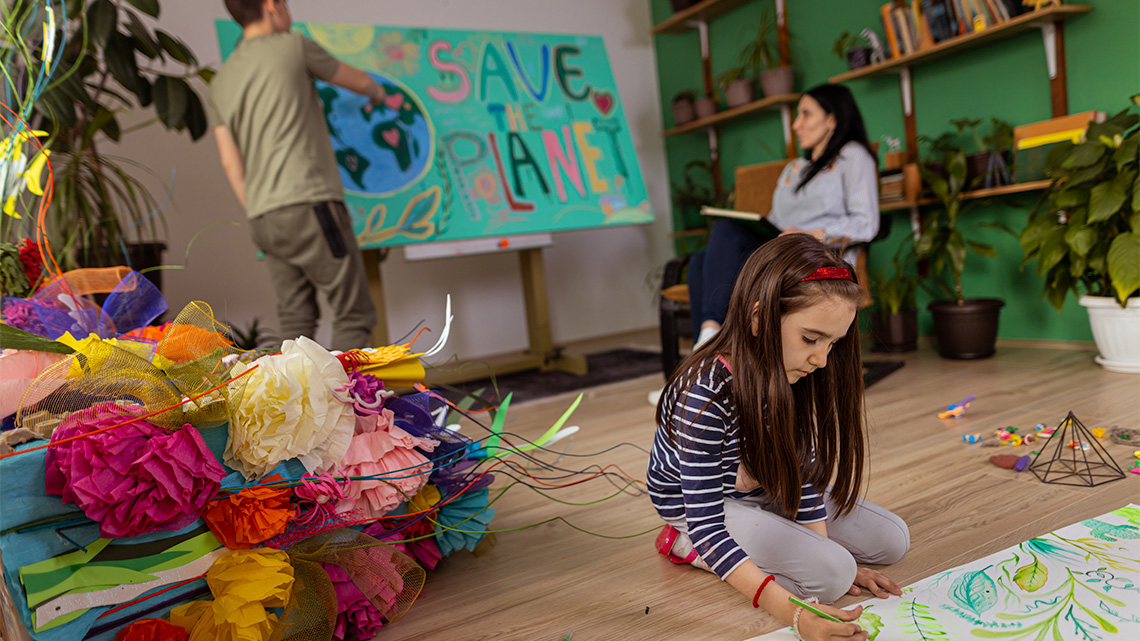
You can choose to:
- draw a picture and label the important parts
- write about it
- tell someone
- make an audio or video recording
Reflection
How do you feel about what you have learned in this activity? Which of the next four sentences best matches how you are feeling about your learning? Press the button that is beside this sentence.
I feel…
Now, record your ideas about your feelings using a voice recorder, speech-to-text, or writing tool.